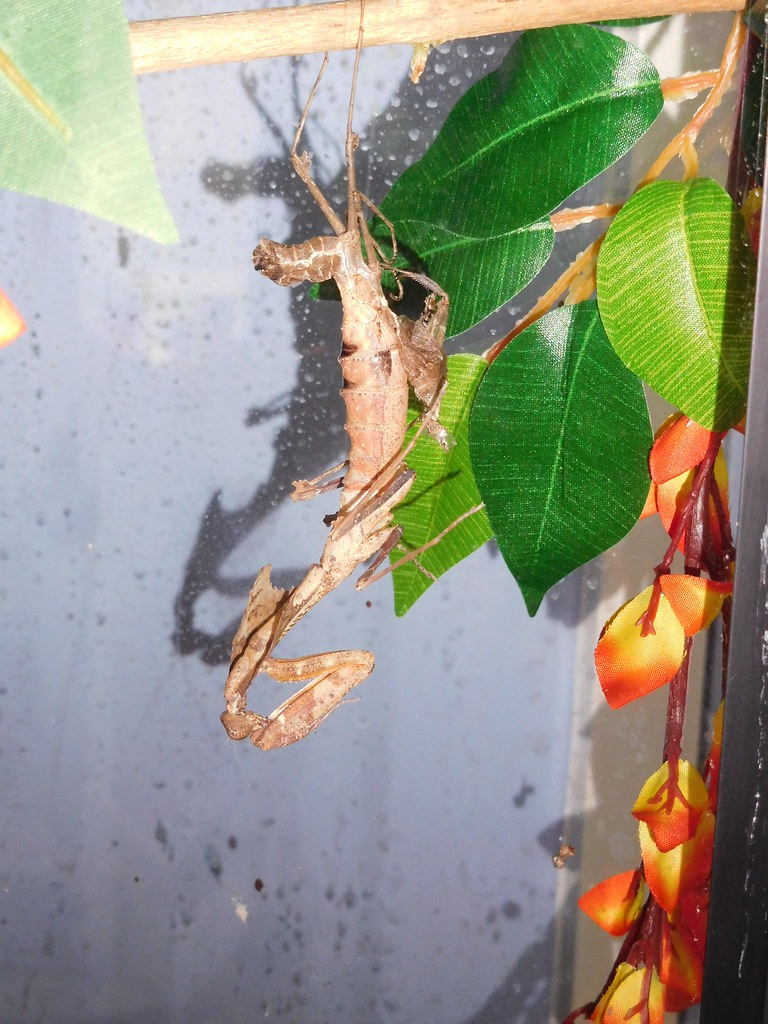cat_h
Well-known member
- Joined
- Jul 6, 2017
- Messages
- 57
- Reaction score
- 4
One of my female D.dessicata is moulting this morning. She's the first one to do it since I got them a few weeks ago and I am slightly freaking out lol.
I tried to upload pics to Flickr but for whatever reason its not playing this morning so I'll just describe whats happening..
Shes hanging from a perch across the top of her enclosure. Nothing underneath, plenty of room to hang. She has worked herself almost completely out of the old skin and then took a while to chill out and stopped moving. she looks good, all her limbs seem fine etc. All ok thus far.
Now I am concerned though, as shes reached out to grab onto some decor and is trying to pull the last segment of her abdomen out of the old skin. It doesn't seem to be working. Is this a problem or will she get it out eventually? Do they get stuck? and if so at what point do you try to help? Looking at her it looks like shes struggling, but I could totally be anthropomorphizing the normal process lol. I'm worried she will fall if the old skin gives way while shes pulling against it. Should I try to give her something better to anchor herself to for leverage? or would interference freak her out and make things worse?
I feel super lucky that I got to see her moult, but until I've had a few do it successfully I'm not sure what to expect.
Thanks for any advice!!
Cat
I tried to upload pics to Flickr but for whatever reason its not playing this morning so I'll just describe whats happening..
Shes hanging from a perch across the top of her enclosure. Nothing underneath, plenty of room to hang. She has worked herself almost completely out of the old skin and then took a while to chill out and stopped moving. she looks good, all her limbs seem fine etc. All ok thus far.
Now I am concerned though, as shes reached out to grab onto some decor and is trying to pull the last segment of her abdomen out of the old skin. It doesn't seem to be working. Is this a problem or will she get it out eventually? Do they get stuck? and if so at what point do you try to help? Looking at her it looks like shes struggling, but I could totally be anthropomorphizing the normal process lol. I'm worried she will fall if the old skin gives way while shes pulling against it. Should I try to give her something better to anchor herself to for leverage? or would interference freak her out and make things worse?
I feel super lucky that I got to see her moult, but until I've had a few do it successfully I'm not sure what to expect.
Thanks for any advice!!
Cat
Last edited by a moderator:












































